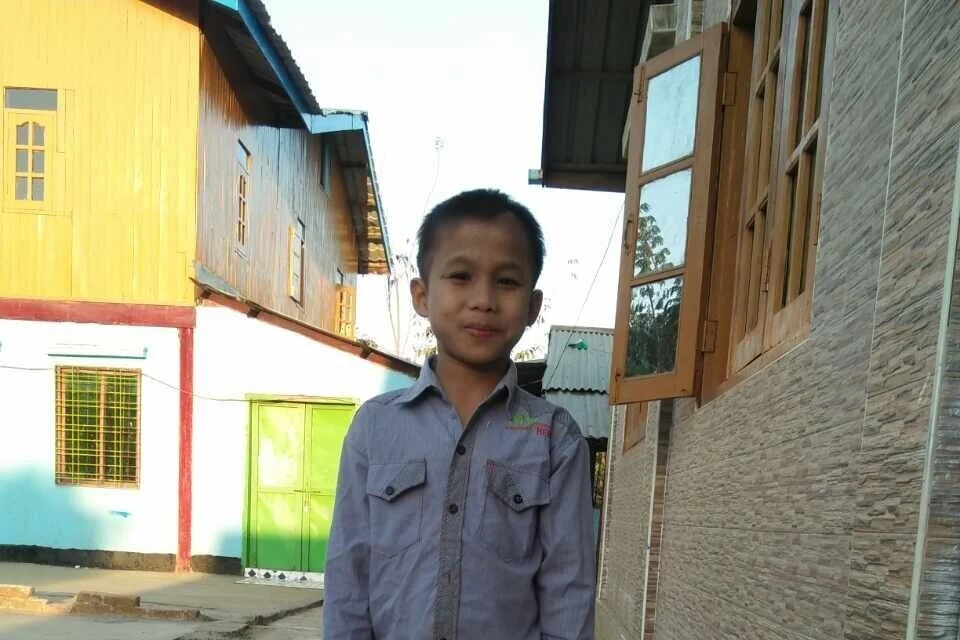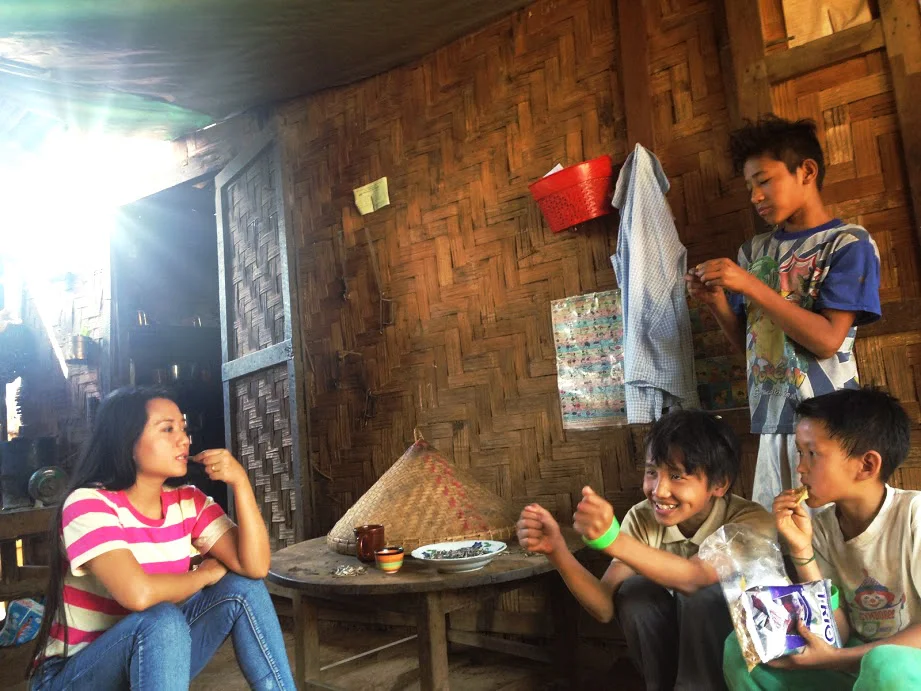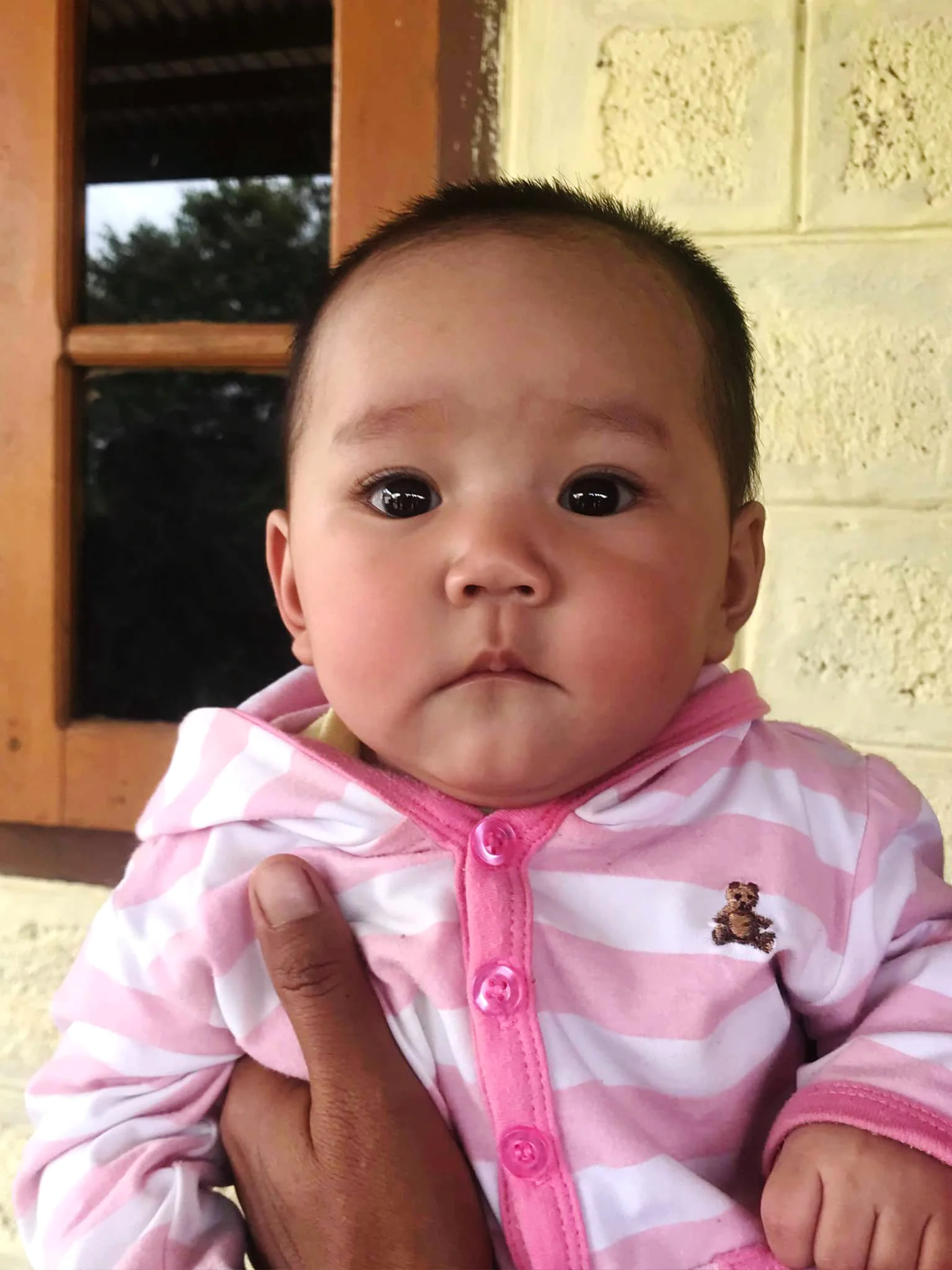During the next visit to the family, they asked us how we had traced them. After explaining our visit to the clinic, meeting U Zay, and making a plan to conduct the survey about traditional medicine….
A Baby Named Cherry: Working Alongside Families as a Social Worker in Myanmar
Part 2 of 4: If you missed the first part of Cherry’s story please read it here.
The role of social worker’s in Myanmar
After her stay in hospital Cherry was allowed to return back into the care of the orphanage, despite assurances from the authorities that alternative care would be found. The orphanage director promised to feed her adequate formula and take better care of her. While this was satisfactory as a temporary solution for Cherry, we knew that there had to be a safer long-term solution for the little girl, so we began to trace her biological family to see if reunification would be possible.
The Search for Cherry’s Family
From left to right: Cherry’s Mother, Grandmother, and social worker
Because Cherry’s birth was not registered, a birth certificate had been obtained by the orphanage director outside of official channels, showing falsified information about the identity of her birth parents, and also her ethnicity. Our social workers were able to obtain the information they needed from the clinic where she was born to begin their search - most importantly, the village her family came from. We were also told that the family practised traditional medicine. It wasn’t much to go on, but it was a start!
As we could not just arrive at the village without a reason, due to the local’s suspicion of strangers - especially those who ask questions - we decided to get help. We met with a man called U Zay, who operated a small clinic in the town, serving the ethnic group to which Cherry belongs. We explained our program and our desire to try and reunite this baby with her family. We told him what we knew about her family and together we came up with a plan to conduct a survey in the village about traditional medicine, as a way of gaining trust and in the hope of tracing Cherry’s family.
Cherry’s Mother
When our social workers arrived in the village, U Zay introduced us to the village leader, are we were able to ask him about those who practiced traditional medicine. He told us that there were four people in the village, so plans were made to meet with each of them. We spent the next trip to the village visiting all of the traditional medicine practitioners in the area, and much to our disappointment, none of these turned out to be Cherry’s family. We eventually caught a break when we spoke with the village leader’s daughter, who suspected our real intentions and subsequently pointed us in the direction of Cherry’s biological family.
Visits with the Family
Cherry’s mother lived with her parents, and on the day we visited the home, she was unwell and in bed. Her mother was very suspicious about the visit and became unwilling to discuss anything further once the issue of unwanted pregnancies was raised, especially as the neighbours had come in to listen to the conversation. We decided that we needed to take time if we to gain their trust. As U Zay advised, this ethnic group’s attitude and values regarding family dignity took precedence over individual lives, and if we dug too deeply, too soon, the family or someone in the community would know about the situation, leading to the family being stigmatized.
Cherry’s Mother with our social worker
During subsequent visits, the social workers had a better chance to introduce themselves and describe what our program does. They explained that children are sent to orphanages for many reasons as well as unwanted pregnancies, and shared the many disadvantages of living in a children’s home, and how growing up outside of a family has a negative effect on children.
Families often consider placing unwanted babies in institutional care and see it as a good option, however they are usually completely unaware that they are placing their children into a harmful situation. Cherry’s grandmother was shocked at hearing this information, as it is generally not the practice of this group to send children to orphanages in any event. The only reason they did in this case was because the clinic they went to offered it as a solution to their problem.
Over the next two weeks we will be sharing the rest of Cherry’s story, stay tuned!










